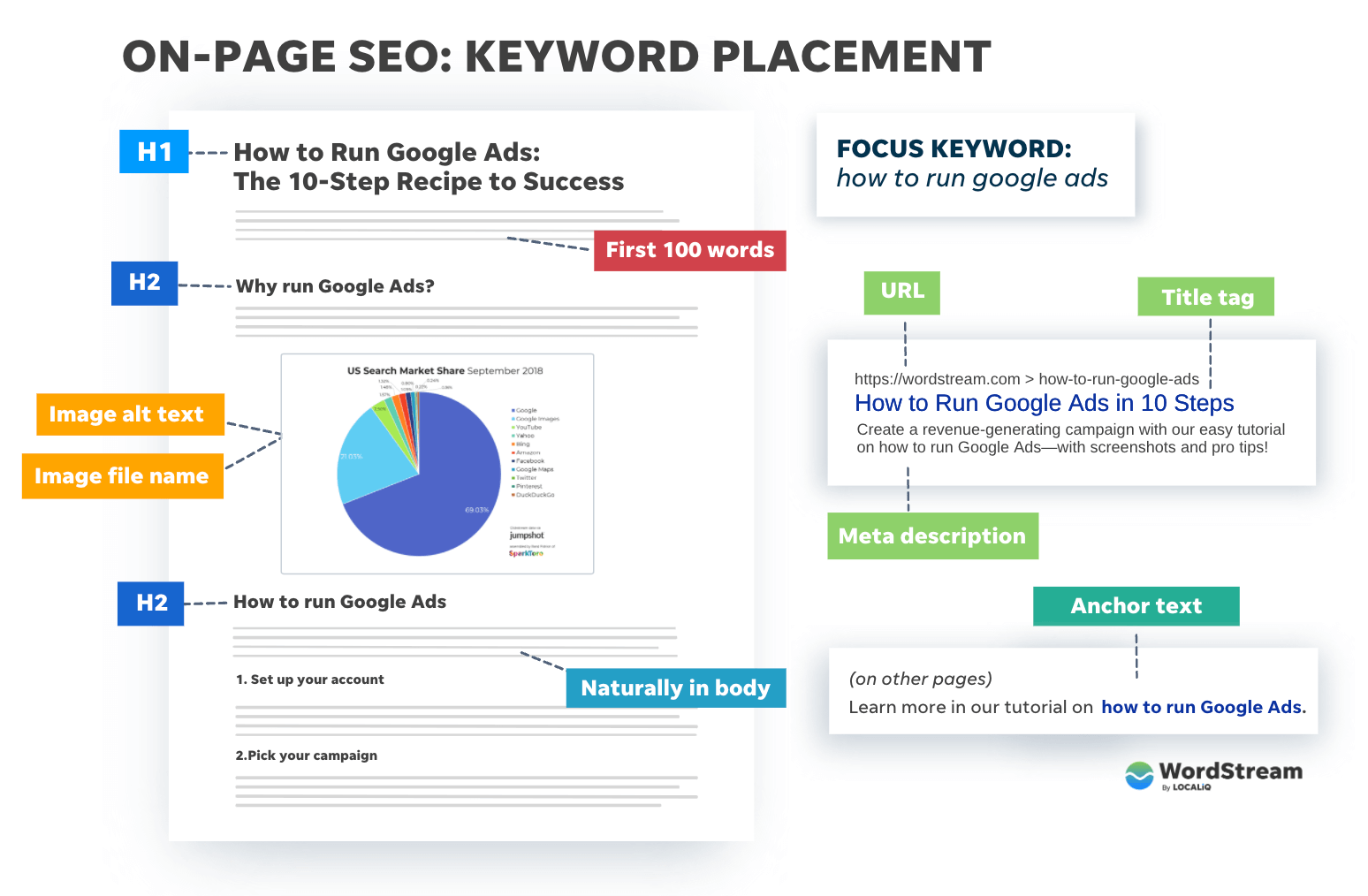Understanding Secondary Dimensions in Google Analytics: Meaning and Strategic Assimilation
Understanding Secondary Dimensions in Google Analytics: Meaning and Strategic Assimilation
Blog Article
Unveiling the Influence of Additional Dimension in Google Analytics on Information Analysis and Insights
In the realm of data analytics, the application of additional measurements within Google Analytics has emerged as a crucial tool for removing deeper understandings and unraveling facility patterns that may or else remain covered. By peeling back the layers of main information sets, second dimensions use a nuanced perspective that improves the understanding of user actions, site efficiency, and the effectiveness of advertising and marketing techniques. The true effect and untapped possibility of secondary measurements are usually undervalued, eclipsed by the allure of primary metrics. As we navigate via the complex landscape of data evaluation, the relevance of additional measurements becomes progressively obvious, losing light on essential information that hold the secret to educated decision-making and strategic optimizations.
Checking Out the Idea of Second Measurements
Secondary dimensions in Google Analytics give additional understandings by allowing customers to evaluate primary information in combination with a second attribute. By integrating second measurements, customers can delve much deeper into the information and reveal beneficial connections that might otherwise go undetected - what is a secondary dimension in google analytics.
Understanding the concept of additional measurements is vital for taking full advantage of the potential of Google Analytics. It allows customers to sector data effectively, determine patterns, and make informed decisions based on a much more full image of their analytics data. By checking out the various additional measurements available in Google Analytics, users can unlock new insights and enhance their electronic marketing efforts. Basically, secondary dimensions serve as a powerful tool for improving data evaluation and driving workable outcomes.
Enhancing Data Interpretation With Secondary Dimensions
Having established the foundational understanding of second measurements in Google Analytics and their essential function in data evaluation, the emphasis now changes in the direction of leveraging these second characteristics to enhance the analysis of analytics information (what is a secondary dimension in google analytics). By incorporating second dimensions right into data evaluation, analysts can get much deeper understandings right into customer actions, web site performance, and advertising and marketing effectiveness

Moreover, second measurements aid in contextualizing primary data metrics by giving additional layers of details. This contextualization aids in comprehending the 'why' behind the information fads, aiding analysts make educated choices and optimizations to boost general discover this info here performance. Inevitably, incorporating secondary measurements enhances the information interpretation procedure, resulting in even more significant understandings and tactical actions.
Revealing Hidden Insights Through Additional Dimensions
Exploring the midsts of analytics information with additional measurements discloses valuable insights that would certainly otherwise continue to be covered. By integrating additional dimensions in Google Analytics, organizations can uncover concealed patterns, trends, and correlations that give a more comprehensive understanding of individual actions and site efficiency. These extra layers of data enable analysts to delve deeper right into the main measurements, such as web traffic sources or touchdown pages, and get an extra nuanced viewpoint on exactly how different variables interact with each various other.
Through the usage of additional dimensions, experts can segment and contrast data across different measurements, enabling them to recognize details aspects that influence customer interaction, conversion rates, and total success metrics. By pairing the primary dimension of 'gadget category' with the secondary dimension of 'age group,' marketing experts can pinpoint which age demographics choose accessing the site with mobile devices versus desktops.
Leveraging Additional Dimensions for Actionable Analytics
Building upon the understandings introduced through secondary measurements in Google Analytics, businesses can currently harness this enriched information landscape to drive actionable analytics and strategic decision-making. By leveraging second dimensions, companies can dive deeper right into their information to draw out useful patterns, patterns, and connections that may have previously gone unnoticed. This much deeper degree of evaluation allows services to obtain an extra comprehensive understanding of customer actions, project performance, and total web site effectiveness.
One trick advantage of using second measurements for workable analytics is the ability to section data based on particular requirements. This division allows businesses to customize their techniques and projects to various target market teams, leading to a lot more targeted and effective advertising and marketing initiatives - what is a secondary dimension in google analytics. Additionally, additional dimensions supply an even more holistic view of individual interactions, making it possible for services to enhance their site material, design, and overall customer experience
Optimizing Decision-Making With Additional Dimensions
To improve calculated decision-making in analytics, leveraging additional dimensions in Google Analytics can supply a more nuanced viewpoint on user habits and campaign performance. By incorporating second dimensions right into information evaluation, businesses can dive much deeper into the specifics of their read this article website site visitors' communications and engagement patterns. This extra layer of information enables an extra comprehensive understanding of how various variables, such as demographics, tools, or website traffic sources, influence crucial performance signs.

Conclusion
In verdict, the usage of secondary dimensions in Google Analytics plays an essential duty in improving information analysis and revealing concealed understandings. By exploring this idea, one can obtain a much deeper understanding of individual habits and make informed choices based on workable analytics. Leveraging additional dimensions enables a more thorough interpretation of data and makes the most of the effectiveness of decision-making procedures.

Report this page